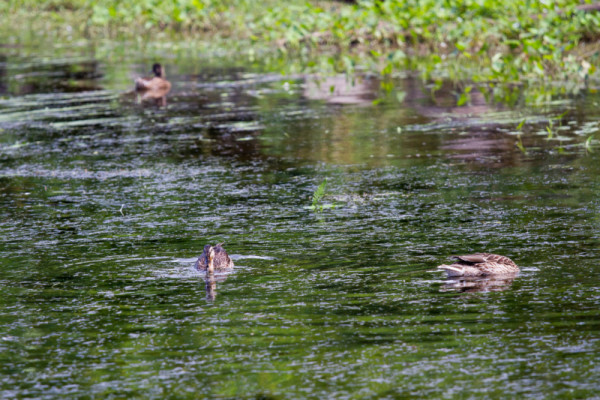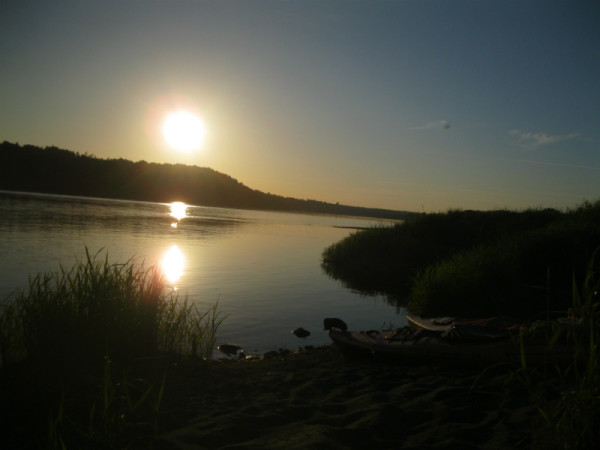St. John River assessed in new Watershed Reports
The St. John and the St. Croix Rivers are two of the 38 rivers across the country designated as Canadian Heritage Rivers – an acknowledgement of their outstanding natural, cultural and recreation significance. The St. Croix is more of a wilderness river, while the St. John is clearly a working river, both of which are multi-jurisdictional, forming the boundary between New Brunswick (Canada) and Maine (USA). The rivers are an integral part of the lifestyle of the region’s residents and are used extensively for recreational endeavors like canoeing, boating, sailing, angling and nature appreciation, as well as a variety of municipal, agricultural and industrial uses. Both are linked with traditional uses, with the St. John being known as the Wolastoq, the “good and bountiful river” by the Wolastoqiyik, or the Maliseet.
WWF-Canada’s new national freshwater threats assessment (FTA) found the St. John – St. Croix watershed to experience a “high” level of threats, a score that is in-line with most of the other watersheds in the developed areas of the country. Specifically, the region ranks “very high” for pollution, “moderate” for habitat loss, “high” for fragmentation, “moderate” for alteration of flow and “low” for water use, invasive species and climate change.
Pollution was assessed as “very high” or “high” in the majority of watersheds assessed, making it one of the most significant threats facing Canada’s rivers. The “high” ranking for pollution on the St. John corresponds with the “poor” ranking for water quality noted in the original freshwater health assessment and is in-line with what has been reported elsewhere. This is largely an issue with a variety of point source and non-point source pollution and is being exasperated by more frequent extreme rain events occurring in the region. That being said, the water quality situation in the St. John River is trending in the right direction, having improved drastically over the last couple of decades as a result of improved farming practices and infrastructure upgrades by the municipalities and industrial water users.
The FTA helps us to better understand what is happening in the region’s freshwater systems, and will inform our actions to address freshwater health in the future. In the case of the St. John River, we know over 160 groups and agencies are contributing to a healthy St. John River. There is an on-going need to amplify the good activities of these actors and encourage more action-on-the-ground, as well as the appropriate regulatory frameworks, policy efforts, and monitoring to ensure we continue to improve river health. Through the Freshwater Health and Threats Assessment we can better understand where further improvements are needed and better track our progress towards healthy freshwater systems into the future.



